Chinese black tea spread to every continent around the world to become the most popular beverage next to water before it was noticed by Chinese tea drinkers. It was always considered damaged tea until the 21st-century tea renaissance. Chinese are drinking black tea for the first time. The quality of the tea being produced now qualifies as some of the best in the world with prices to match other premium teas. All black teas, however, have a linked heritage. I’m going to talk about that heritage and why these modern teas are so remarkable.
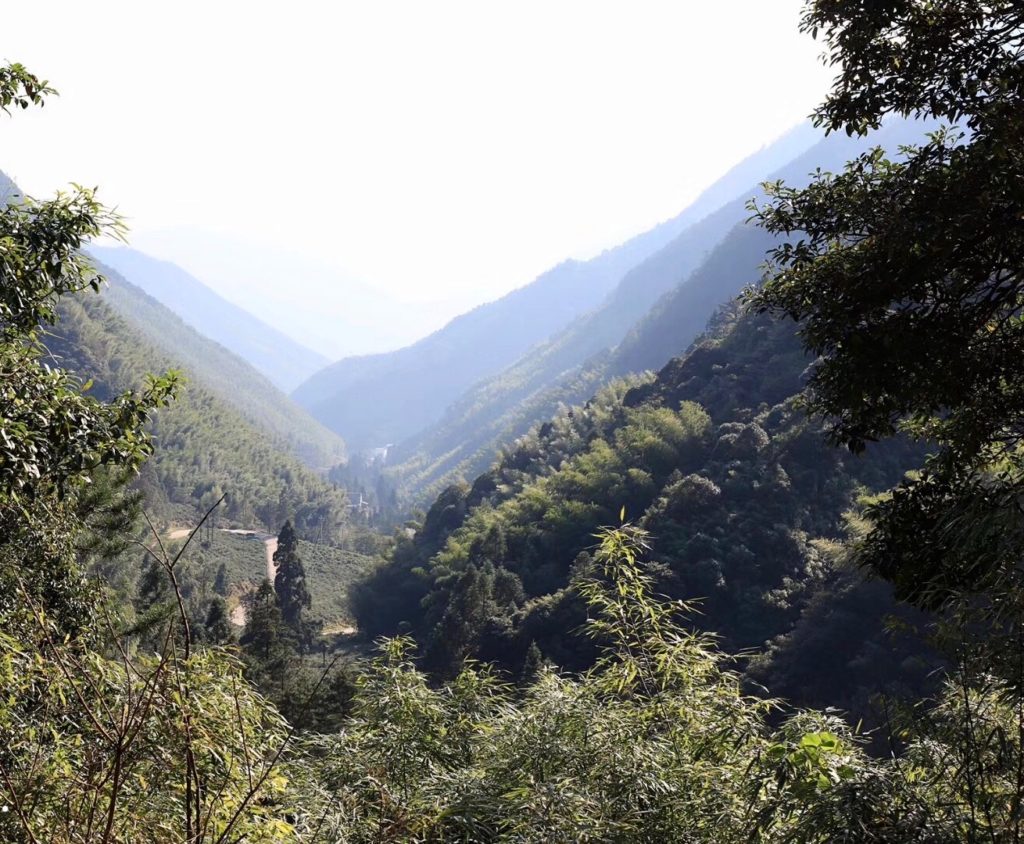
Everything starts with Tongmu Village high up in the Wuyishan Mountain Range. I wrote about this with some detail in 2013 on a blog titled The Demise of Lapsang Souchong. As I write this, there will never be another authentic smoked Tongmu tea. Horsetail Pine, the wood used to smoke the tea, is no longer allowed in Tongmu because of its UNESCO protection. For a short time, Horsetail Pine was being brought in from other areas until it was discovered the wood came with beetles. That process is now banned. We have 2020 Tongmu Lapsang Souchong because our tea maker had stockpiled a decent amount of wood, but it will only get rarer.
When I wrote the original blog, the demise was being driven by Jin Jun Mei, the world’s most expensive black tea. It wasn’t long before fakes and imitations spread throughout the domestic market in China. That gave birth to the production of premium black tea across China. Tongmu is now the origin of two black tea revolutions. First, it invented black tea, the style that conquered the world. Now again, it has inspired a wave of premium black tea that is spreading across the Chinese tea market.
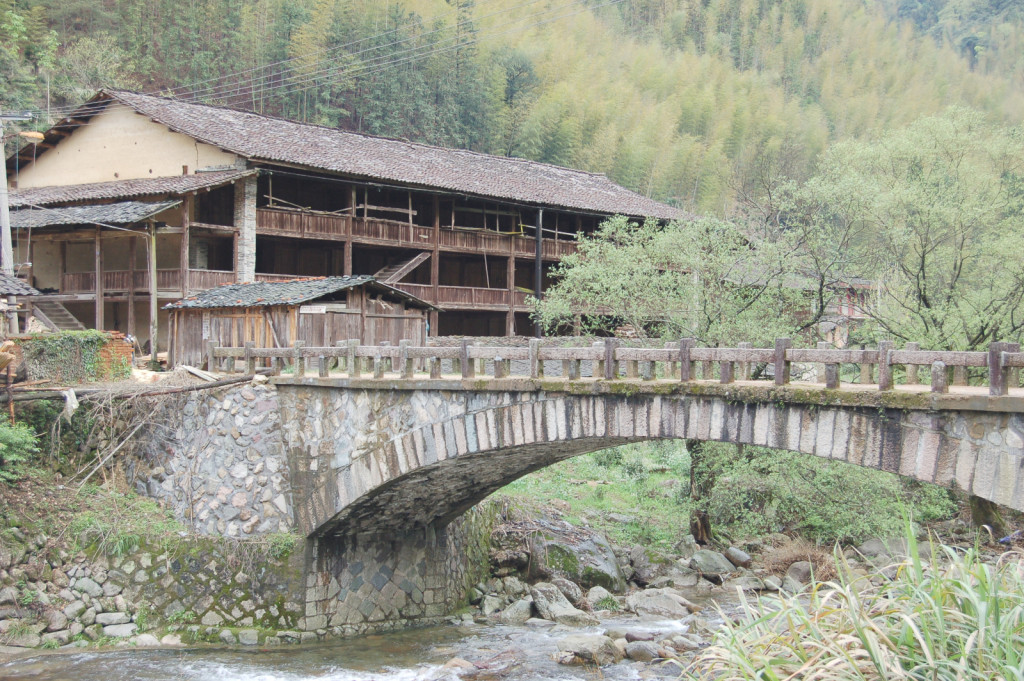
The History of Black Tea in China
Historically, the product known as “black tea” around the world and hong cha or “red tea” in China has been almost exclusively an export tea for China. The story begins around 1640 when some of Tongmu’s tea accidentally made it into the hands of the Dutch in Indonesia. It was an instant hit for two reasons. It was cheaper than green tea and it kept its flavor well on the long ocean voyage back to Europe. Still, the English remained majority green tea drinkers until around the 1850s. China’s Northern Fujian remained the main source of black tea until the 1880s.
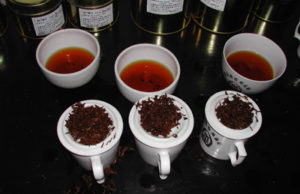
It should be noted that a Wuyishan official made a statement that all true red tea, named for the color of the infusion, came from the Wuyishan area. Calling it black tea in Europe referred to the color of the finished leaf. The English often also used the word oolong to describe the same tea. Both teas originate in the Wuyi Mountains, but the definitions came much later, and the international definition of oolong further confuses the issue because it does not match the Chinese definition, but only defines oolong by the amount of oxidation.
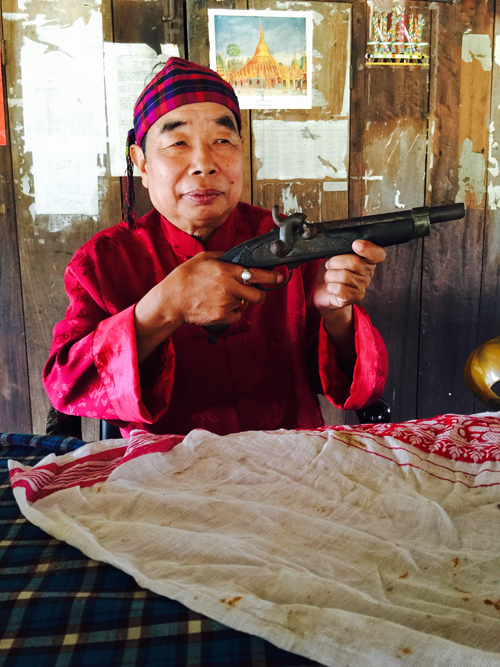
Over that 18th and 19th centuries, black tea production exploded and its quality and price increased along with it. In the meantime, the East India Company plotted to break the Chinese monopoly. Chinese tea was introduced in the 1820s to India. Unbeknownst to the British, the Singpho, a Yunnan ethnic tribe, had planted tea there perhaps centuries before. When the British found it growing in the Assam jungle, guided by the Assam Singpho, they claimed to have discovered the origin of all tea plants and named it assamica, hence the modern Latin name Camellia sinensis var. assamica. When Indian production became viable enough to supply the English market in the 1880s, the Chinese black tea production collapsed in Northern Fujian. It was a fatal blow to the area. The East India Company’s strategy succeeded. The green tea market had already been derailed in the 1850s through EIC propaganda stirring up xenophobic fears about the Chinese green tea makers.
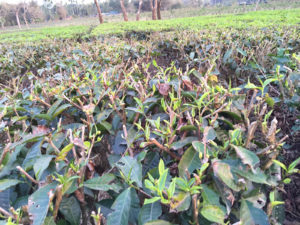
Just a few years before the collapse of China’s black tea exports, in 1875 or 1876, Yu Gan Cheng, who had been a Wuyishan government official, returned to his home in Qimen in the Huangshan area. At that time, the black tea market was peaking in Northern Fujian but there were complaints about the declining quality. Quality had apparently declined so much that the tea could not be graded.
Yu may have known that black tea had its origin from quality green tea makers in Tongmu. He thought that the excellent green tea that had made the Huangshan area famous might make a quality black tea. The market for black tea was hot, and Huangshan had a long-established logistical path to both Shanghai and Canton.
His reasoning was sound and foreshadowed the current popularity of black tea for the first time in the Chinese market. The thought was, if the standards for quality green tea were followed, and these high quality tea leaves followed the processing for black tea, then a superior tea would be the result. Thus Qimen Hong Cha (Keemun black tea) was born.
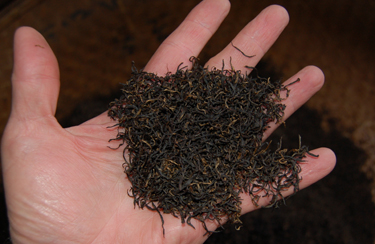
This was a radical departure from what Europe had seen. The best Qimen Hong Cha was a single bud tea and could arrive in Europe completely intact. Originally, the Wuyishan tea started as a mature leaf (think modern-day wulong) and was then smashed into chests to get the maximum weight per chest. That made judging the quality very difficult. Of course, the smaller leaf tea didn’t need to be broken up. True, it was comparatively priced, with more expensive small leaf green tea, but Qimen found its place in the afternoon tea of the nobility, assuring its success on a smaller scale.
Keep in mind that this happened at the peak of the 19th-century Chinese black tea market. Northern Fujian is mountainous and didn’t have the capacity for growing food, and as the forests were cut to expand for more tea growing, an environmental disaster resulted. Some tea growers immigrated to northern Taiwan. Cheap tea had been an important product in the thriving consumer market that had been exploding throughout the 19th Century in Great Britain as well as the United States. Russia bought the bottom of the quality barrel, compressed the tea into brinks, and sent it off to the mother country. After the English stopped buying black tea, Qimen Hong Cha still survived, allegedly becoming the favorite of Queen Victoria.
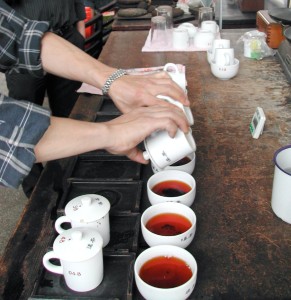
In the late 1930s when Generalissimo Chiang Kai-shek decided to revitalize China’s black tea market, he looked to Qimen for someone to bring black tea production to Yunnan. There was still some black tea being produced in Northern Fujian more along the coast like in Fuding County now known for its white tea. But at that time, Qimen black tea had a more esteemed reputation within China for quality.
In 1938, Feng Shaoqiu came from Qimen to Fengqing County in Yunnan to make black tea from the local bushes. Ironically, these local Camellia sinensis plants were the same Camellia sinensis var. assamica found in India, Assam just being several hundred miles away as the crow flies. Surely the Singpho were not part of the discussion in the choice of Yunnan to reboot the export market for black tea. The expansive Dian Hong Hong Cha company now established there has a sterling reputation for quality across a broad range, from CTC to Dian Hong Jin Ya. We have purchased their teas since 2005. They have always been popular teas for us. Dian Hong tea found its way into Lipton Yellow Label tea bags, still the top brand in China, and limited to East Asian distribution. No milk or sugar needed.
The Origins of the Modern Chinese Black Tea Renaissance
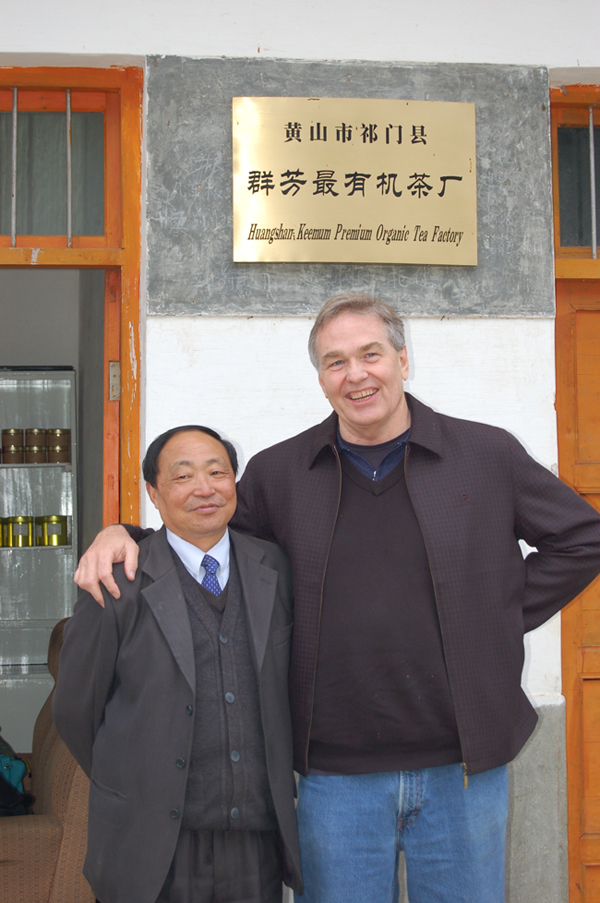
In January of 2004, I was lucky enough to be a witness participant in the next chapter of black tea evolution. I took a trip with two tea makers from Tongmu Village, including Jiang Yuanxun, whose family laid claim to being involved in the original black tea invention. His claim was supported by the Chinese government by issuing his company an Origin Seal. Wu Jianming, who at that time worked for Mr. Jiang, also came. He is now an accomplished tea maker in Tongmu.
We rented a car, as privately owned cars were a rarity then, and took a grand tour of tea producers, visiting Zhejiang, Jiangxi, and Jiangsu, Anhui, and both Yixing and Jingdezhen. Keep in mind that during the recent past the Chinese population mostly stayed local. Free movement was just beginning. There were no maps and no GPS. Street names and addresses were more of a thing in cities, but not so much in the countryside. Nor were there foreigners traveling around in the countryside. We had to get directions all along our route, and when we got close we would call someone that would come out and meet us along the road.
That road eventually brought us to Qimen. We visited the government factory and were told that Hu Xiyu was setting up a small factory down the river and intended to specialize in organic tea. Mr. Hu had been managing tea production at the government factory. It was unusual at the time to have a private business.
When we dropped in on him he was installing some large machinery. We had a nice talk and some fresh country lunch that was delicious, tasted some tea, and we hit the road for Jiangxi Province. I didn’t make it back to see him again until the spring of 2005. There was plenty of talk in the car about the price of black tea. Qimen got the highest prices for black tea by far.
I returned to Qimen again in 2006. We could smell the tea being processed from a quarter of a mile away. It was intoxicating. We spent the day, put some tea into our suitcases, went into Huangshan for dinner, and caught an early morning train for the Wuyishan area. We took a local bus for a couple of hours, and Wu Jianming picked us up in the morning and drove us up the mountain to Tongmu Village.
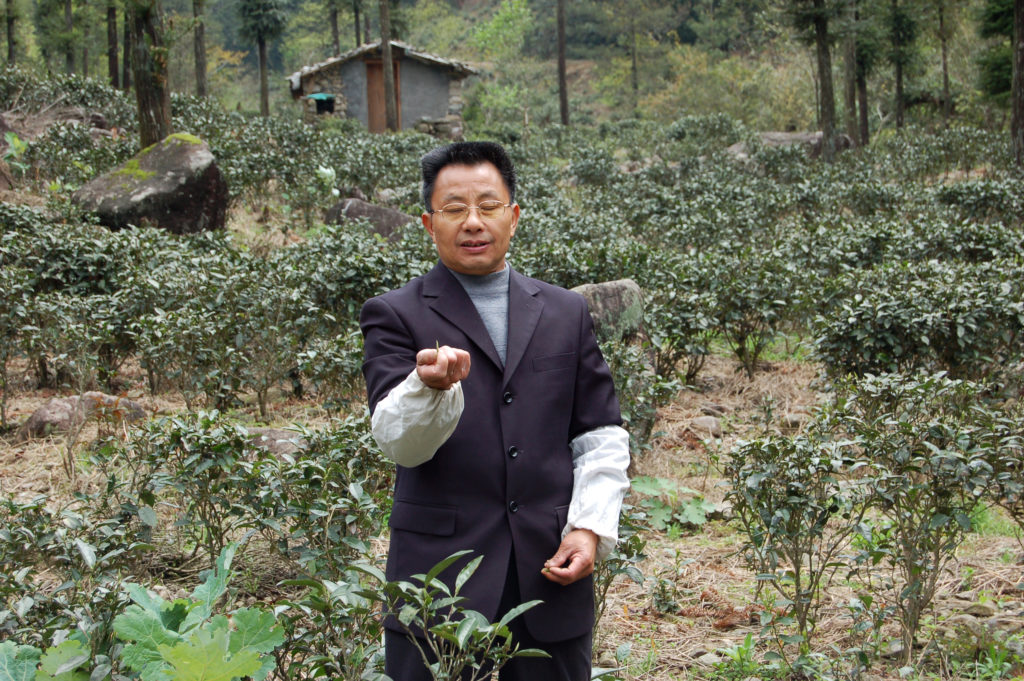
As we were tasting teas at Jiang Yuanxun’s factory, Liang Junde presented a new tea that he had been working on. Mr. Liang was Mr. Jiang’s tea master. Wu Jianming also worked at the factory. The tea was a single bud tea made without the smoky flavor that has so long characterized Tongmu black teas. It compared favorably with the best Qimen Hong Cha made by Hu Xiyun that I had in my backpack. No one mentioned that it may have inspired Mr. Liang’s new tea. Chinese culture, after all, is what it is. I was just happy to have been there.
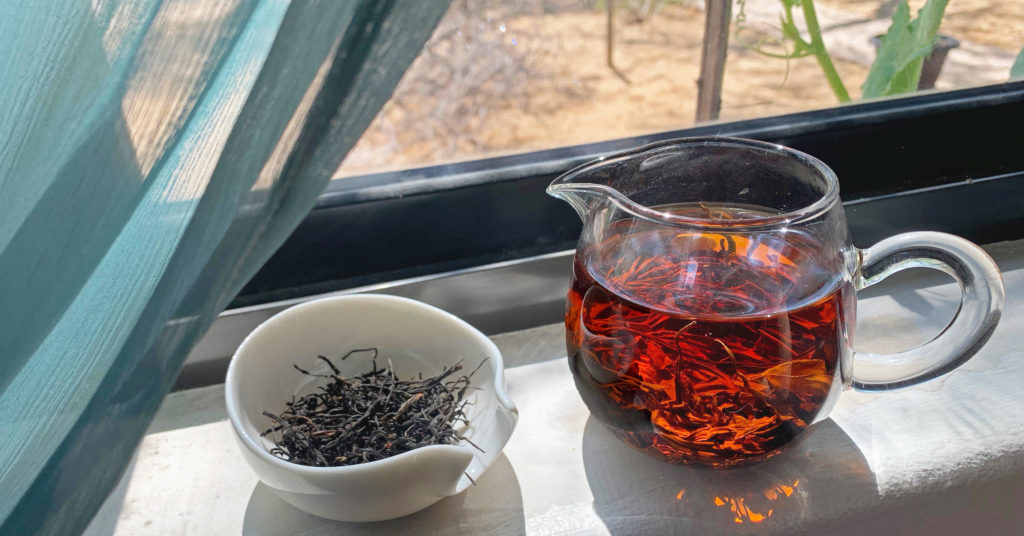
The next year, 2007, as the puer bubble was breaking, Jin Jun Mei premiered in Xiamen and Beijing at the highest price ever asked for a black tea. In just a few years there were truckloads of fake Jin Jun Mei rolling into wholesale markets.
Now, finely plucked spring tea all over China is being made into black tea. We added the new Anji Hong Cha from Zhejiang Province to our catalog this year. Because of the cold winter, as is also true in Tongmu, it is rich in sweet amino acids. It’s a remarkable tea.
Mr. Liang and his sons went on to start their own tea company. I visited him last fall. His tea is still amazing, of course. He’s a rock star in the tea world. It’s rare and expensive and expertly made. If our customers show an interest in the real thing, we’ll import some.
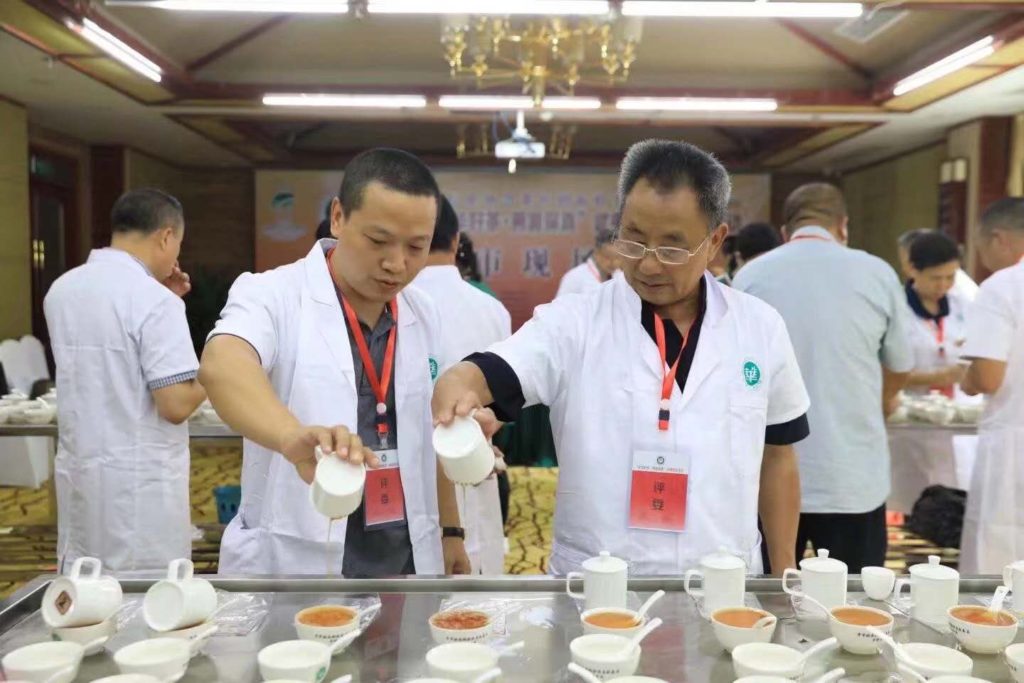
Wu Jianming also started his own company and we carry some of his teas. This year we are premiering a new black tea from him made in this refined modern style. Not only does he have great black tea making skills, but he is also well learned in wulong making techniques. He has brought those skills together in his new black tea, Zui Chun Fang (Drunken Peach). I have been drinking it every day since it was delivered to our warehouse.
It is so exciting to me to see this kind of innovation in traditional tea making. I truly believe some of the world’s best teas have not been made yet. I’d love to see some of these skills applied in India, Africa, Sri Lanka, etc., or a Chinese tea made with the Indian processing methods used for making First Flush Darjeeling. There is no end to the possibilities that tea drinkers could taste in the future.
